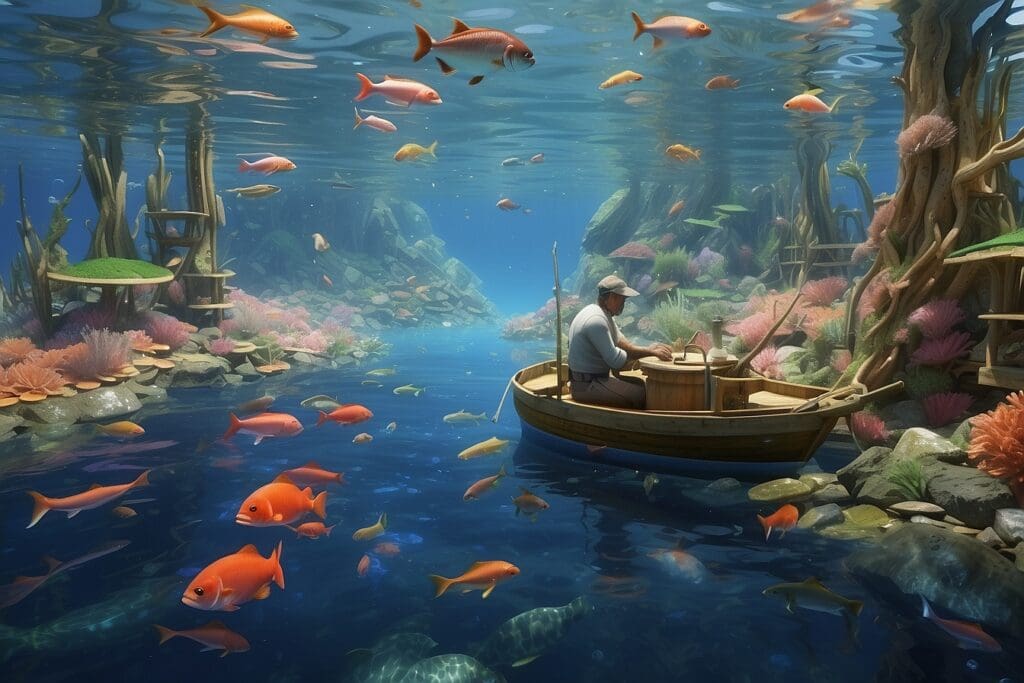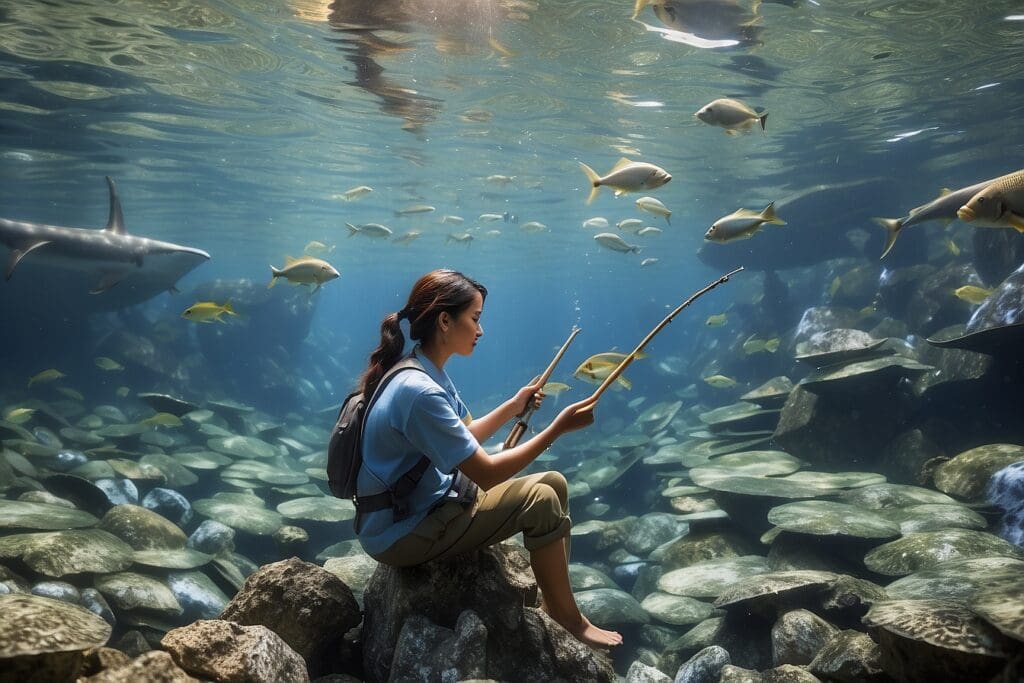Ninety percent of the world’s big fish are gone or over fished. Yikes. Quite a heavy opening liner, I know, but declining fisheries is one serious topic. If you thought the first fact was grave, digest this one: the world takes out a half a billion pounds—yes that is billion with a “b”—of seafood from the oceans every single day!1 How can the world expect to maintain a flourishing fish supply when the global population keeps expanding and people keep eating sea creatures? The outlook is gloomy, but like all good environmentalists, we must stay positive because despite the severity of the situation, successful measures have been implemented that have restored nearly collapsed fisheries and boosted total ecosystem diversity.
Successful Methods of Recovery

1. Eco-Tourism
What is the best way to save an endangered species? Get people to care about it! And what better incentive than tacking on an exotic vacation with a sense of justice. Volunteer tourism has hit the western market like a sand storm and people are shelling out thousands of dollars to lend a helping hand. (I am a victim of this market, dropping nearly three grand to do manual labor and live off nothing but beans and rice in Central America for a month.)
One of the greatest success stories has been the green turtle of Costa Rica. The species was suffering from massive population loss, not only because of fishing, but because their eggs are well-known aphrodisiacs that are stolen off the beaches and sold for great sums on the black market. Despite a nationalized aggressive anti-egg campaign—similar to our anti-smoking or anti-drug advertisements—the turtles were still suffering from unmanageable egg thievery. Now, the country has volunteers from all over the world who pay to help scientists monitor the turtle’s recovery progress as well as an expensive night-time turtle run, where guests can watch turtles climb the beach, lay their eggs, and return to the sea. Although there is some debate as to whether this type of tourism is disruptive, the campaign has helped to reduce the amount of eggs stolen as well as generate income to continue the fight against the demise of this ancient species.
2. Marine Sanctuaries
A marine reserve is the most obvious way to help endangered species recover because by definition it is a no-take zone for fishermen, leaving the creatures in peace to do their thing. But banning fishing from one area can bolster the fishing industry in adjacent waters. As wildlife begins to flourish in the protected waters, other areas in turn become healthier.2 This happens because larger fish normally produce far more eggs and offspring than smaller fish, so as more fish are produced in the protected area, more fish also spread out beyond the protective boundary.3 More fish overall means more fish for fishermen, in fact marine reserves have actually lead to a more prosperous fishing industry than before their establishment.
3. The Revival of the North Atlantic Swordfish
By the end of the 1990s, the North Atlantic Swordfish was on the brink of population collapse from overfishing.4 In 1998, The National Resource Defense Council teamed up with Sea Web to launch the “Give Swordfish a Break Campaign,” a three-pronged approach to fishery revival that reached out to the international fishermen, the American government, and U.S. restaurant owners. For the primary initiative, the International Commission for the Conservation of Atlantic Tunas (ICCAT) met in Rio de Janeiro, Brazil and successfully instated a global fishing quota that aimed to assist the recovery of the swordfish.5 In 2000, after numerous unsuccessful attempts by the U.S. government to pass helpful legislation, the National Marine Fisheries Services sets aside crucial swordfish nurseries that are entirely off limits to fishing. Those two initiatives combined with the grassroots agreements of companies and chefs to disallow the species on their menus and stores helped the swordfish recover to where they are today.
So how triumphant was the Break Campaign? In just two years, by 2002, the NMFS declared the North Atlantic swordfish had made a 94 percent recovery. The most amazing aspect behind the story of this species is that fishing didn’t even stop all together. Smart management that implemented reasonable catch sizes and the closure of just some important nurseries was enough to bolster a species back to just about a sustainable level.
Most Endangered Marine Species: Blue Fin Tuna
Blue fin tuna is delicious. It is, I can’t help but to admit that. But stuffing our faces with the delicious dolphin-sized beast now means that their extinction is coming in the very near future. According to the World Wildlife Foundation, if fishing of the giant tuna continues as it is, the species could be wiped out by 2012.6 The WWF is so concerned for the tuna that it is asking all fishermen to cease fishing for an undisclosed, extensive period of time in order to allow the creatures’ population to recover. Tuna levels in 2007 were a quarter of the amount seen 50 years ago and will continue to fall unless fishing of them is abandoned.7 They may not be actually the most endangered, but their extinction will no doubt have the most resonating affect on the global economy and prompt citizens craving their seared ahi to wonder how it got so bad.





